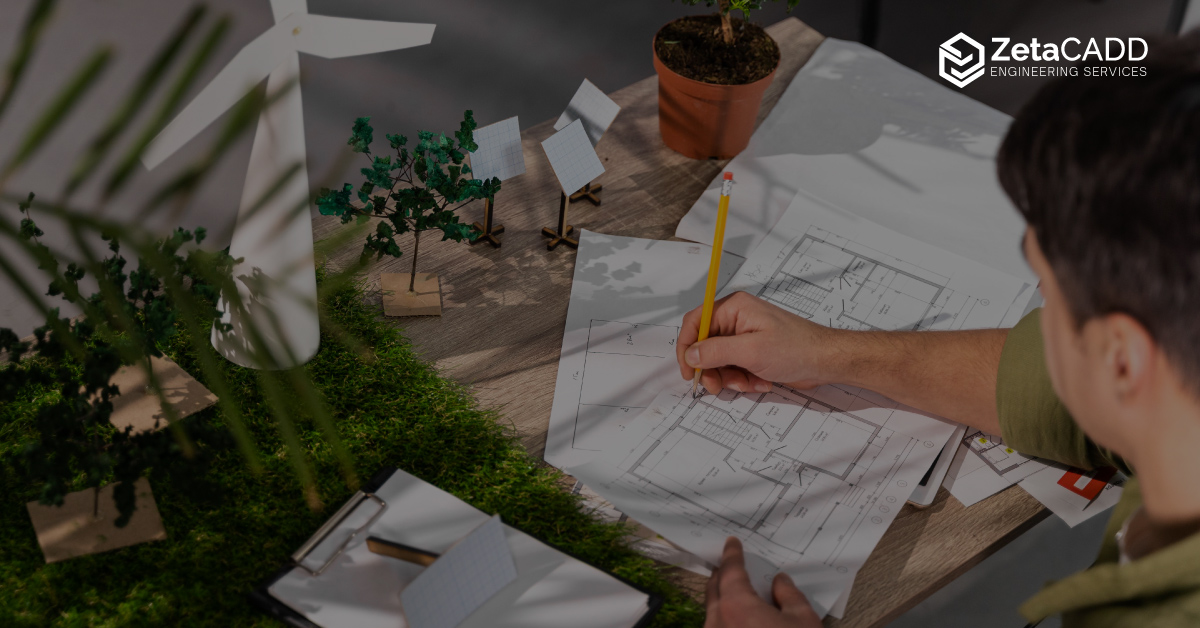Integrating Sustainability into Millwork Design with CAD
Sustainability is no longer a luxury—it has become a guiding principle for businesses and designers seeking to create enduring, responsible spaces. Nowhere is this more apparent than in contemporary architecture, where eco-friendly practices are woven into every stage of craftsmanship. Millwork—encompassing wood-based fixtures such as paneling, molding, and cabinetry—is a core element in interior design, yet its environmental impact extends well beyond material choices. To achieve truly sustainable millwork, design teams must consider everything from resource efficiency to manufacturing methods and lifecycle management.
One of the most effective tools for meeting these goals is Computer-Aided Design (CAD). By optimizing material usage, streamlining production, and integrating lifecycle assessments, CAD empowers designers to minimize the ecological footprint of their projects without sacrificing aesthetics or functionality.
Material Efficiency and Precision
Material efficiency is at the heart of sustainability, and CAD software facilitates precise planning of every millwork component. This meticulous approach helps reduce waste from offcuts and unnecessary overproduction. Many CAD platforms also feature extensive material libraries with eco-friendly options, including FSC-certified wood, recycled composites, and low-VOC finishes. By selecting these alternatives, design teams can lower carbon emissions, conserve resources, and support a more circular economy.
3D Modeling and Virtual Testing
Rather than relying on costly physical prototypes, today’s CAD systems allow designers to create virtual models of millwork projects. This capability makes it possible to examine factors like structural performance, functionality, and overall aesthetics in a digital environment. Adjustments are swift and straightforward, cutting back on both development time and resource consumption. With fewer material trials and faster approvals, project timelines are compressed and costly errors are minimized.
Integration with Manufacturing
When CAD is paired with CNC (Computer Numerical Control) equipment, fabrication becomes more efficient and precise. This integration not only prevents costly mistakes but also enables the creation of modular designs. Modular millwork elements can be disassembled, repaired, or repurposed, extending their useful life and reducing the amount of waste that heads to landfills.
Improving Lifecycle Assessment with CAD
Lifecycle Assessment (LCA) evaluates a product’s environmental footprint across its entire lifespan, from raw material extraction to eventual disposal. When CAD and LCA tools work together, designers gain valuable insights into where a design might be generating excessive carbon emissions or resource consumption.
This data helps guide responsible decision-making around materials and manufacturing methods. Additionally, it supports documentation for green certifications—such as LEED, WELL, or BREEAM—showing that the project meets rigorous sustainability standards.
Emerging Technologies Shaping Sustainable Millwork
Innovations such as Augmented Reality (AR) are further enhancing how design teams approach sustainability. AR overlays digital models onto real-world settings, helping assess environmental impacts and resource usage in context.
Meanwhile, AI-driven CAD tools can automate resource utilization analyses, suggesting design optimizations that reduce material waste. Collaboration is also improving, thanks to cloud-based platforms that allow remote teams to work together efficiently, cutting down on travel-related emissions and speeding up communication.
Strategies for Sustainable Millwork Design
A few key practices can help teams make the most of CAD for eco-friendly millwork:
- Emphasize Eco-Conscious Materials: Opt for responsibly sourced or recycled woods and coatings with lower environmental impact.
- Design for Longevity: Consider the entire lifecycle of millwork pieces by making them durable, modular, and easy to repair or adapt.
- Use CAD to Optimize Production: Rely on 3D modeling and virtual simulations to identify potential issues early, reducing errors and waste.
- Collaborate with Stakeholders: Involve manufacturers, suppliers, and clients from the outset to align on sustainability objectives.
- Invest in Ongoing Training: Ensure your team understands both CAD’s capabilities and the principles of LCA so they can continually refine processes.
Conclusion
Sustainability has become an integral facet of modern millwork design, rather than an afterthought. CAD technology, combined with robust lifecycle assessments and emerging trends such as AI and AR, enables design professionals to create innovative, resource-efficient millwork that meets today’s green standards. By optimizing material use, refining production processes, and planning for a full product lifecycle, CAD offers a powerful framework for responsible design—one that blends beauty, function, and sustainability in every project.
Is your millwork design process sustainable? We invite you to share your experiences, challenges, and insights on how you’re incorporating CAD and sustainability in your own projects.


